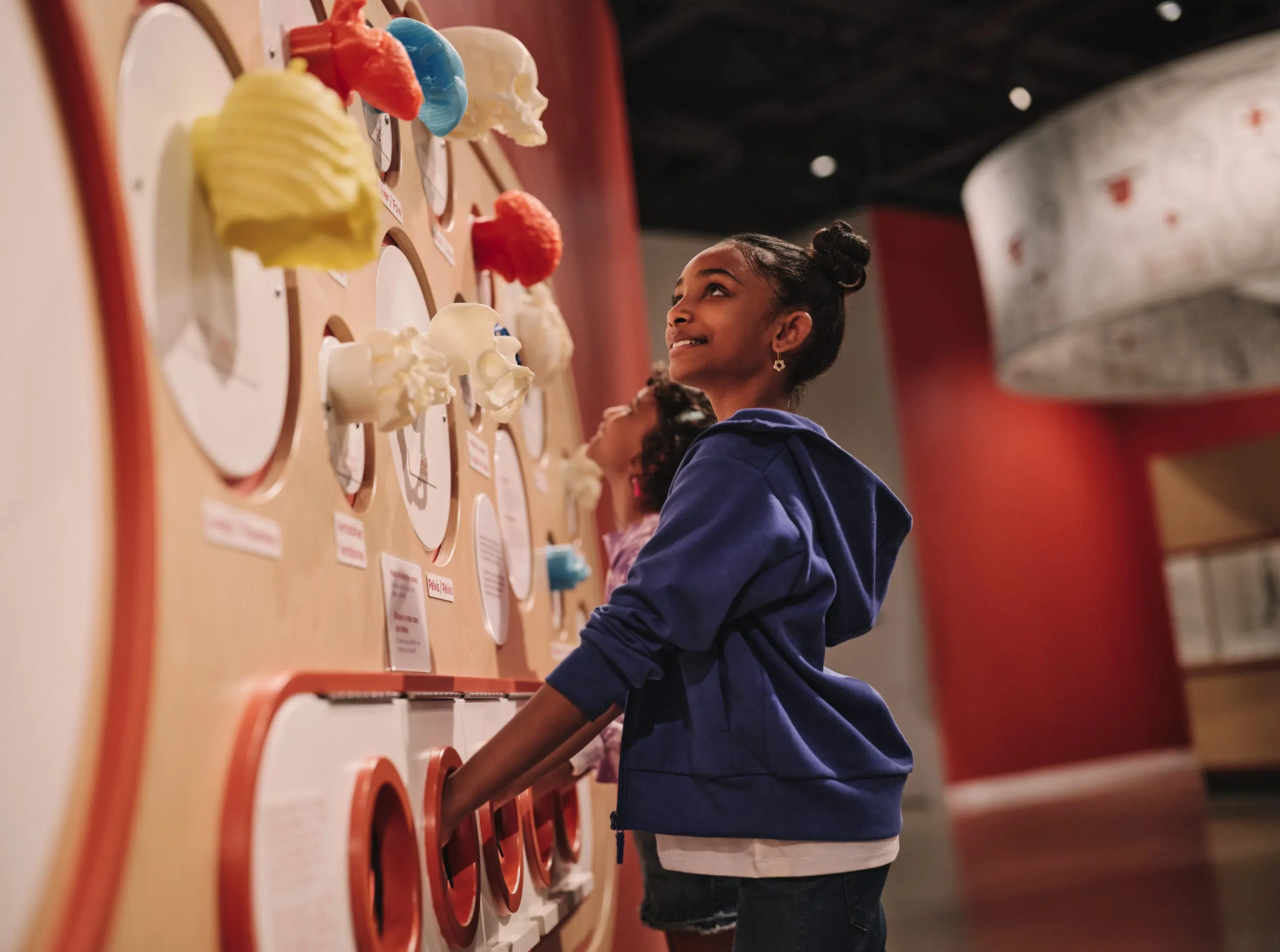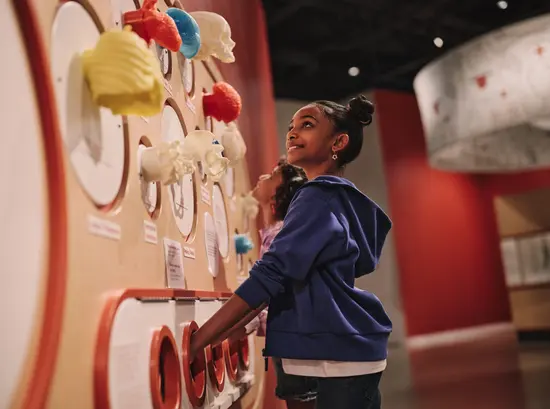Simcoe County Museum
Simcoe County Museum tells the county’s fascinating and storied past, with carefully recreated key historical moments, engaging interactive exhibits and displays of key individuals.
Located on over 130 hectares of forested parkland, the museum is surrounded by heritage buildings relocated from various places throughout the county. Explore a recreation of Barrie’s Main Street around the turn of the 20th century, a gallery of Simcoe County’s natural resources and an impressive collection of farm and construction machinery and heritage vehicles.
Simcoe County Museum | Bruce, Grey and Simcoe
How to get to Simcoe County Museum
Location: 1151 ON-26, Minesing
By car: From Barrie, follow Bayfield Street North and exit at Highway 26. The museum is on the south side of the highway. Parking is available on-site.
By transit: Ontario Northland and FlixBus provide regular bus service to Barrie. From Barrie, take the Simcoe County LINX bus route 1 to Finlay Mill at Midhurst Library (NB) or a local taxi to the museum.
Know before you go
The Simcoe County Museum is open Mondays to Sundays from 10:00 a.m. to 4:30 p.m.
A free wheelchair and electric golf cart are available for use. Call in advance to ensure the wheelchair or golf cart is available during your visit.
There are vending machines with cold drinks and snacks, or you can bring your own food and eat at the indoor and outdoor eating areas.
Things to do at Simcoe County Museum
Discover more activities and experiences.
Uncover the county’s history
View the museum’s permanent exhibits, from prehistoric to modern times with artifacts including everything from mastodons to wedding gowns.
Visit historical structures
Explore an early settler church, an old log cabin, the 1870s Gilford Train Station and a historic schoolhouse used during the filming of Anne of Green Gables.
Glide through the forest
In the winter, lace up your skates and loop around a one-kilometre forested skating trail.
Shop local treasures
Browse the museum gift shop for items such as local history and heritage books, children’s gifts, jewellery, souvenirs, works by local artisans and holiday decor.
Engage with history
Watch blacksmiths at work and learn settler crafts with “Living in the Past” or admire the works of local artists at “Stories from Nature” during the museum’s special events.
Sign up for day camps
Enroll your kids in a fun historical-themed day camp, which takes place on P.A. Days and during March break, winter break and the summer.
Articles and itineraries
Get ideas and inspiration for your next trip.

Interesting facts about Simcoe County Museum
The Simcoe County Museum was created by the Simcoe County’s Women’s Institute in 1928. At that time, artifacts from the region were collected and displayed in the Barrie Library. As the collection grew, the community recognized the need for a new venue.
In the 1950s, Simcoe County took over management of the growing collection, and in 1962, it was moved to its present location north of downtown Barrie in Minesing. With over 130 hectares, there is enough room for the 10 heritage buildings and over 30,000 artifacts.
Ramps
An inclined plane that allows wheelchair users and others to access buildings and navigate between different levels.
Wide doorways and hallways
A sufficiently wide, hard-surfaced, unobstructed path to allow for easy travel.
Automatic doors
Main entrance doors and other accessible entrances and exits are power assisted to allow easy access.
Sensory-friendly areas
Crafted to minimize overwhelming sensory input. This includes features like dimmed lighting, noise-cancelling options and calming textures.
Accessible seating
For persons using mobility aids, accessible seating is available in all areas or levels for persons using mobility aids. The path to the accessible seating should be barrier-free so a person using a mobility device can access it. Reserved space with a clear view of the event/activity for someone who is seated, good sound quality and adequate maneuvering room for a mobility device.
Easy access electrical outlets
At least one electrical outlet is within easy reach and has clear floor space in front for charging an electric mobility device.
Accessible outdoor eating area
Places located outside where members of the public can sit at a table and eat (for example, outdoor food courts at amusement parks or picnic tables in parks). This includes accessible tables with enough clear space around and under so that people using a wheelchair or other mobility aid can easily access. Also, the ground leading to and under the accessible tables is level, firm and stable.
Information available in alternative format
Alternative formats present information beyond standard text, such as electronic text, audio, captioning and Braille. Accessible formats are available for menus, brochures, maps, signage or websites. Communication support must be provided in a timely manner upon request, at no extra charge, in consultation with the person making the request.
Wheelchair and/or mobility devices available
Mobility devices such as wheelchairs, walkers, canes or mobility scooters are available for people to borrow or rent at the business. If you make wheelchairs or assistive devices available to the public, it is important to make sure that they are properly maintained and periodically serviced so they are in good working order and do not present a safety risk.
Support persons welcome
By law, you must allow a person with a disability to be accompanied by his or her support person while in the areas of your business that are open to the public. A support person is an individual hired or chosen by a person with a disability to provide services or assistance with communication, mobility, personal care, medical needs or with accessing goods, services or facilities. If you charge an admission fee at your business, you must let people know you charge an additional fee for a support person.
Service animals welcome
Can be identified by visual indicators (such as a vest or harness) or documentation from a regulated health professional confirming the animal is necessary due to a disability. In Ontario, service animals are allowed in all public spaces unless otherwise prohibited by law. A service animal is not a pet; it is trained to perform tasks to assist a person with a disability, such as guiding individuals with vision impairments, alerting to sounds for those with hearing impairments, assisting during seizures, retrieving items, or helping manage psychiatric and neurological disabilities. There are no restrictions on the type of animal used as a service animal in Ontario. If the animal is not easily identifiable, the person can provide documentation from a regulated health professional confirming the need for the service animal.
Accessible parking space
Accessible parking provides a place for people with disabilities to park and space to get in and out of their vehicles safely. It also provides access to the main accessible entrance and/or any other accessible entrances. Most users of wheelchairs need at least three feet of clearance to get in and out of their vehicles.
Accessible drop off location
A designated and signed area used for loading and unloading passengers into or out of a waiting vehicle. A passenger drop-off/pick-up area typically should include a driveway, a lay-by for the stopped vehicle close to an accessible entrance and an accessible route from the drop-off/pick-up area to the main entrance. It is important that any drop-off locations are clear of snow and ice or other obstructions.
Accessible vehicles operate on site
Transportation is available onsite and should include handrails, grab bars, and either have low floors or be equipped with a ramp.
Accessible washroom
At least one washroom stall larger than the others to accommodate adequate maneuvering space for mobility devices. They also include grab bars, transfer space, an accessible door latch, sink with knee clearance, and lever handles or automatic sensor faucets.
Universal washroom
A separate washroom that allows an individual in a wheelchair to use a self-contained washroom facility. They include grab bars, transfer space, an accessible door handle/lock, accessible sink with knee clearance, easy-to-use/automatic faucets, adult change table and emergency call systems. It is also universal, allowing people of any gender to use it comfortably, including with a support person if needed.
Emergency communication systems
Providing alerts and information in multiple formats including text-based alerts, audio messages and visual cues.
Accessible recreation trails
Trails with a firm and stable surface, designed to be accessible for individuals of all abilities. These trails are intended for public use, offering opportunities for leisure and recreation. To qualify as an accessible recreational trail, your site must have at least one such trail that is regularly maintained.
Last updated: September 2, 2025








